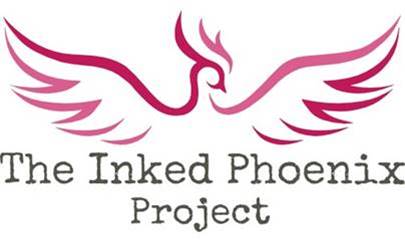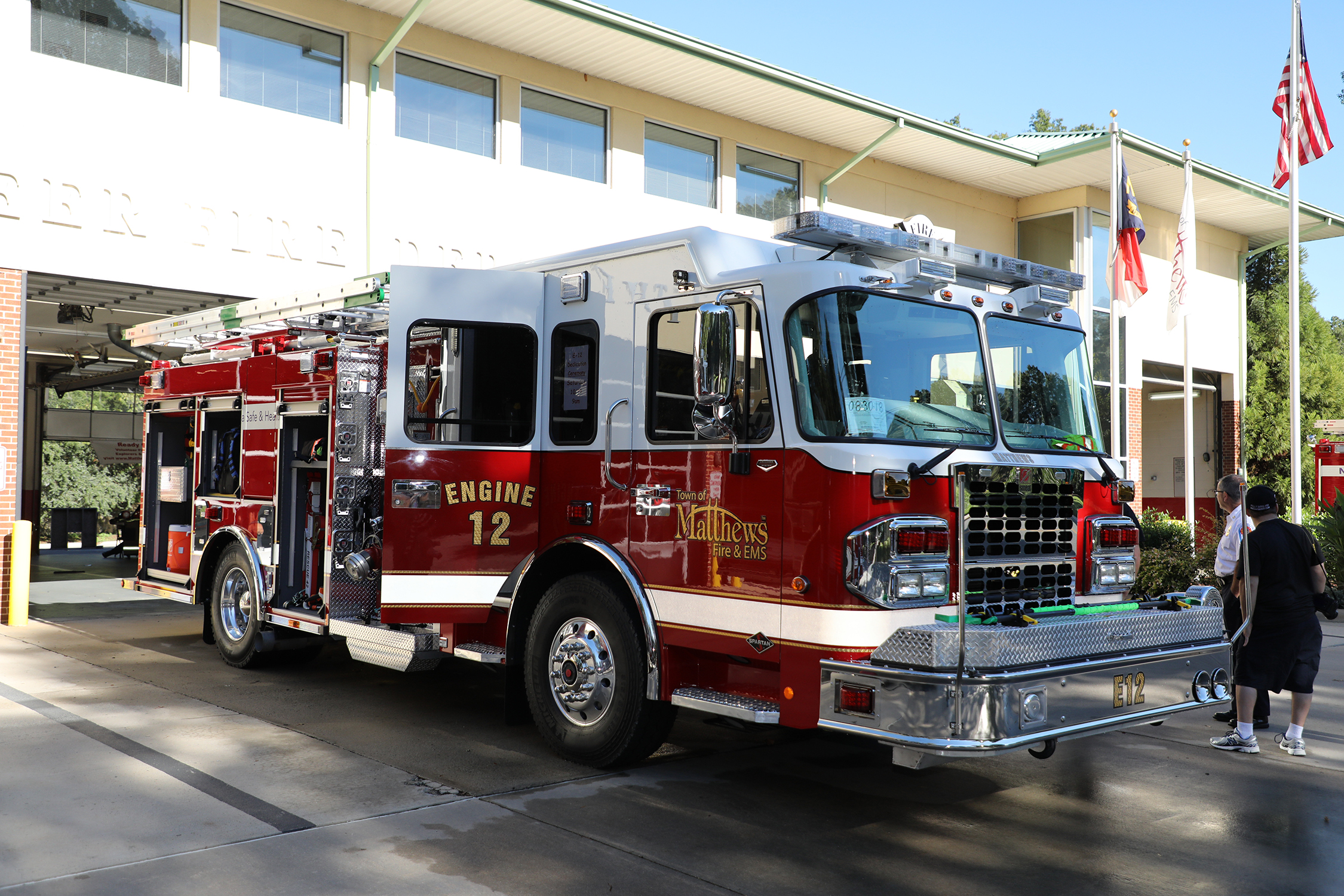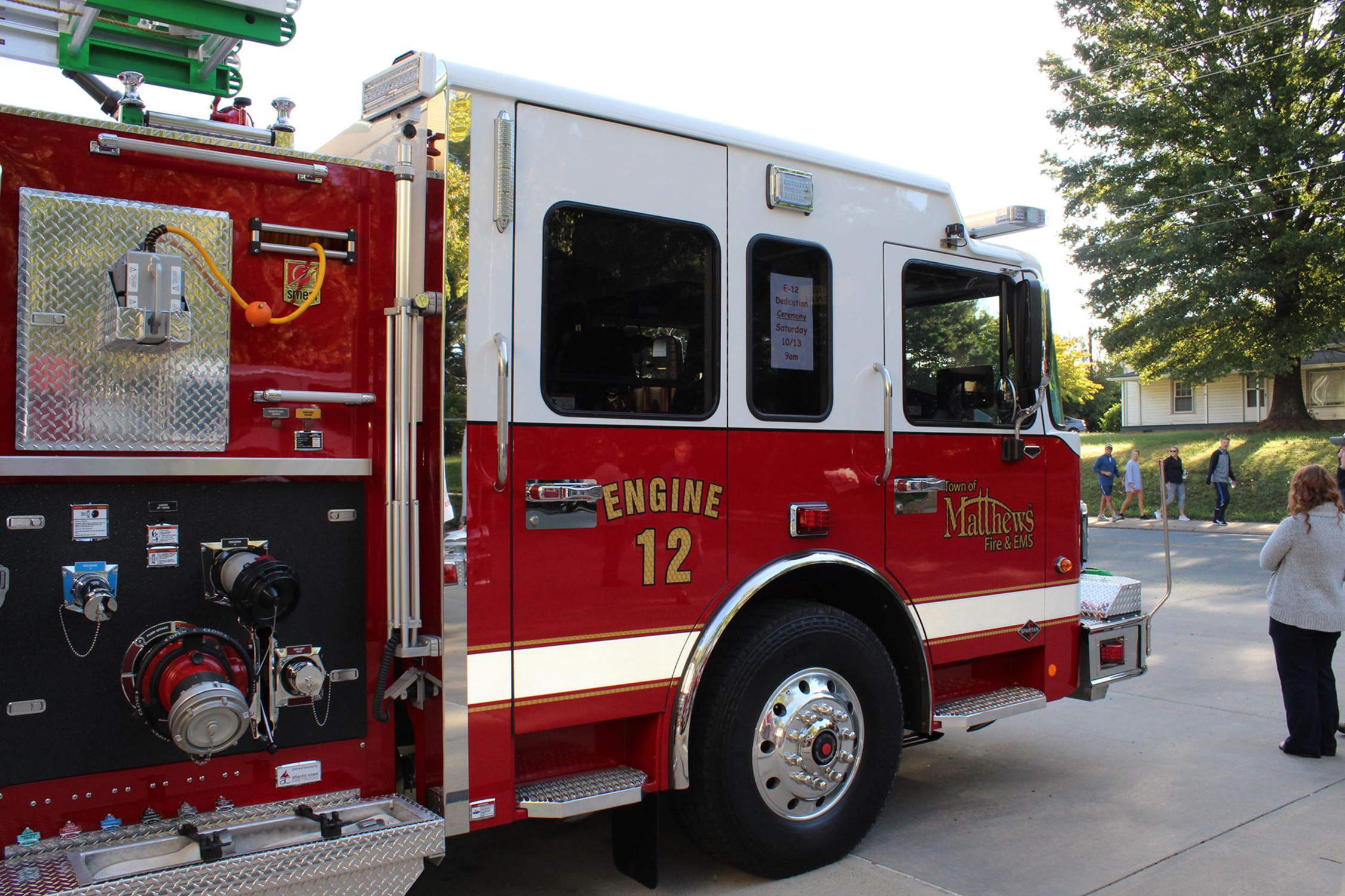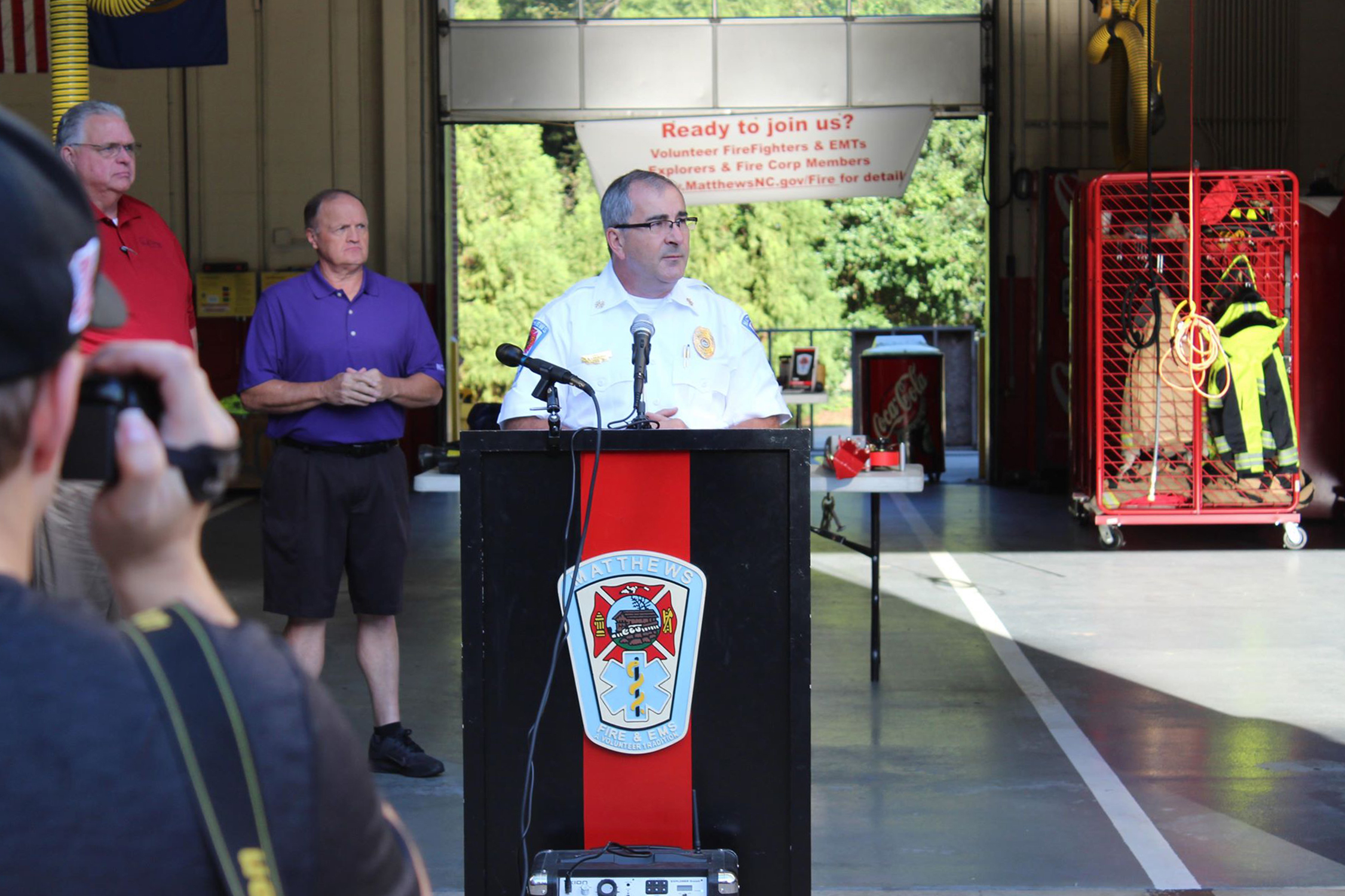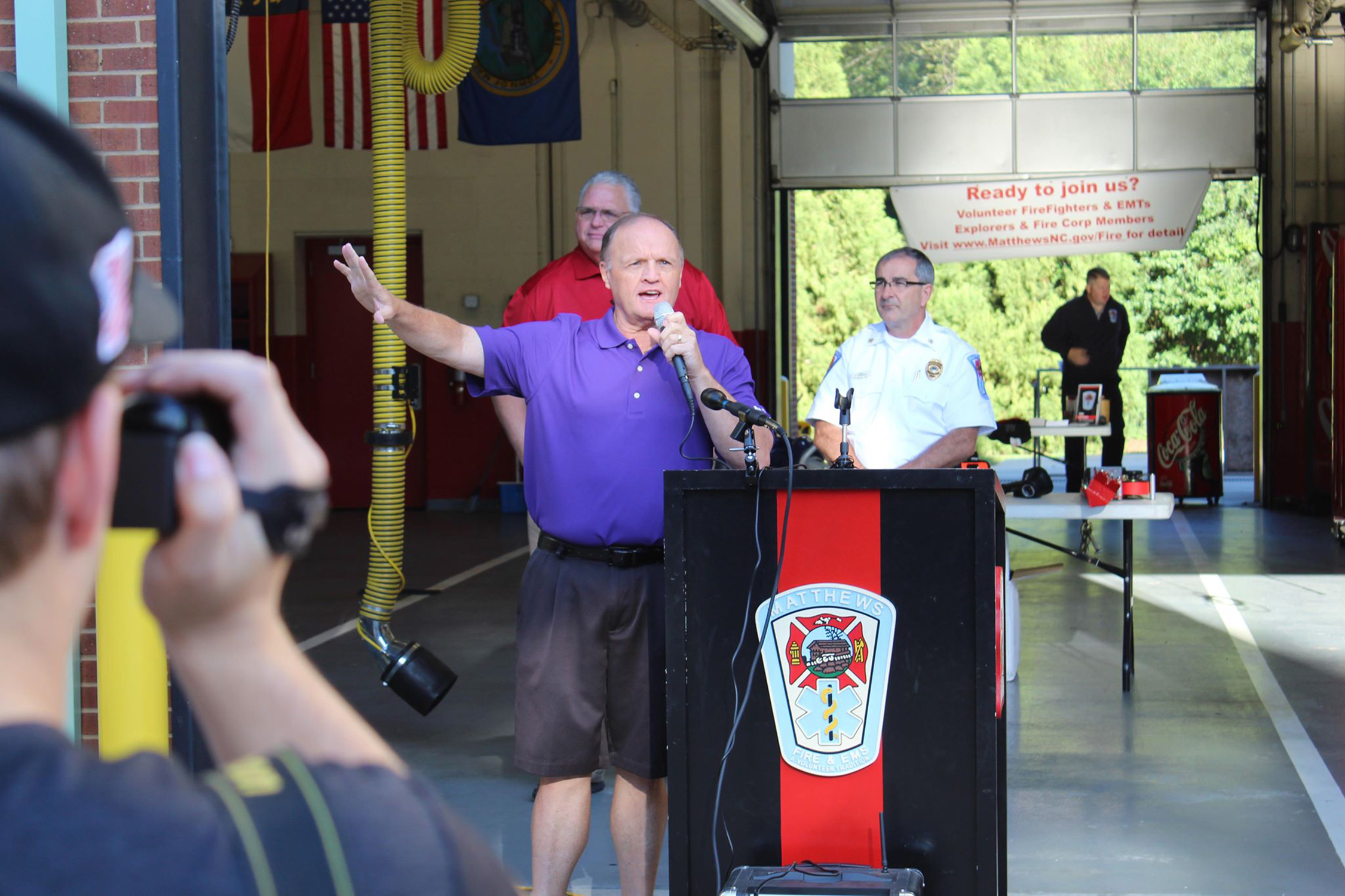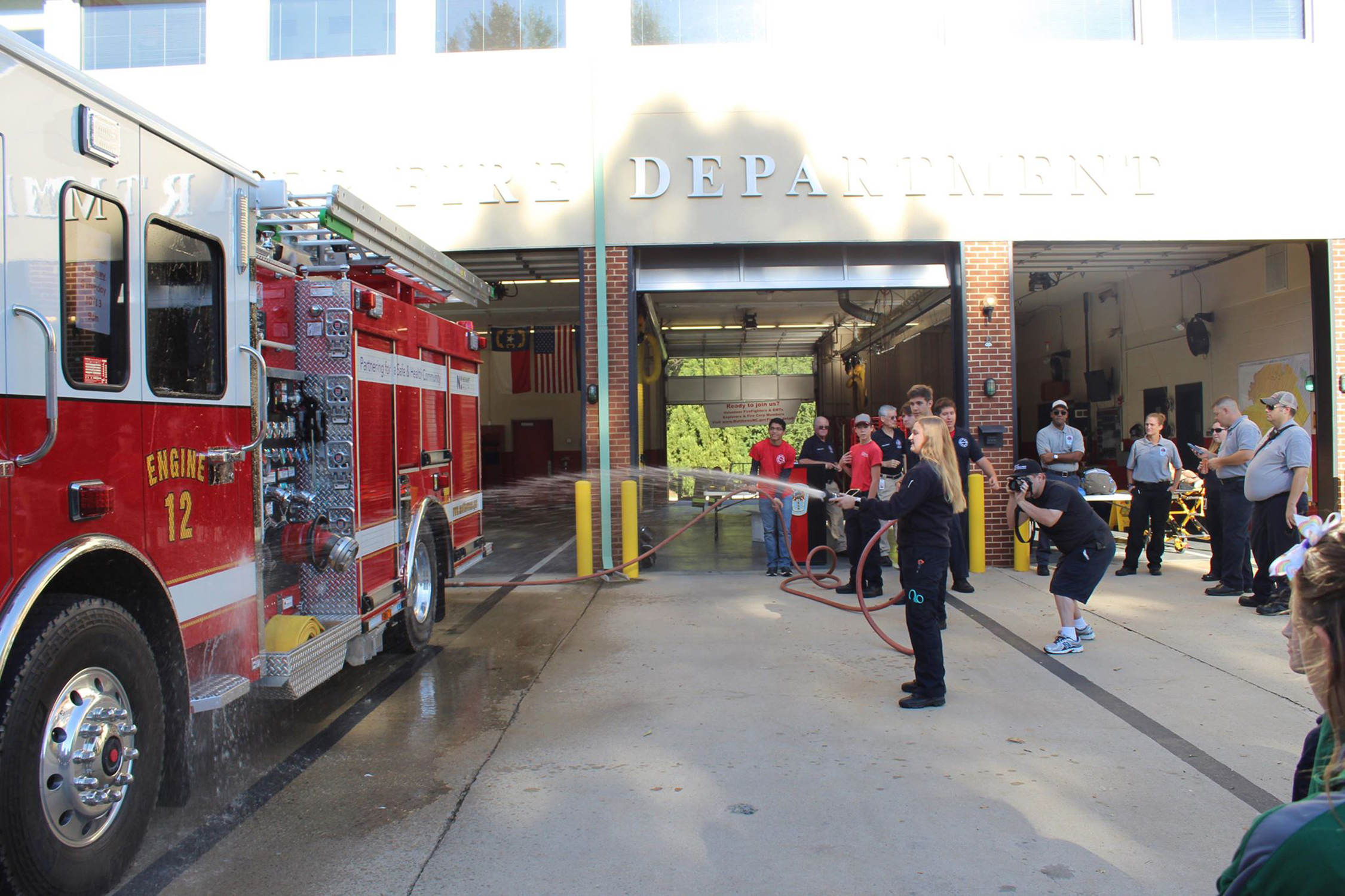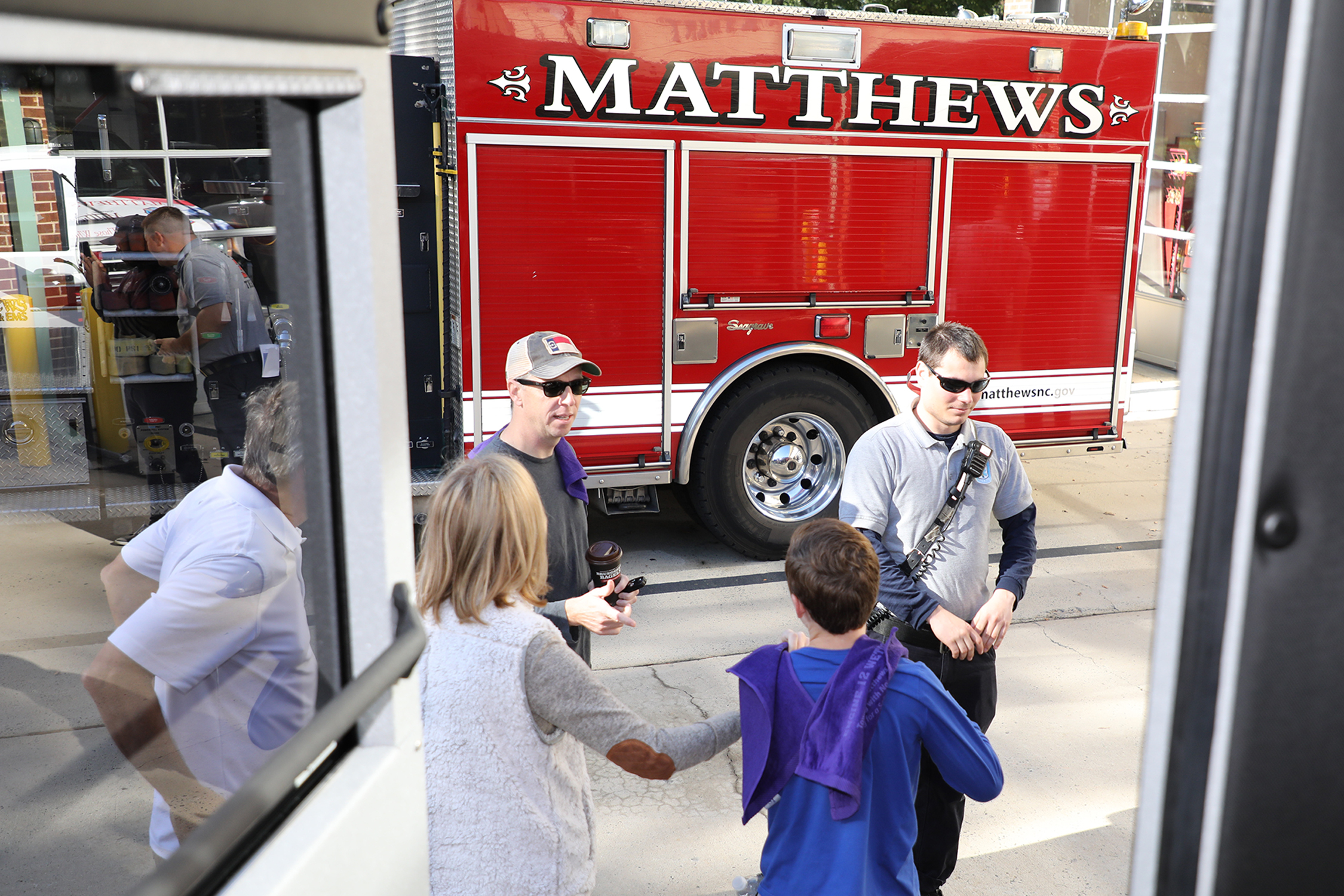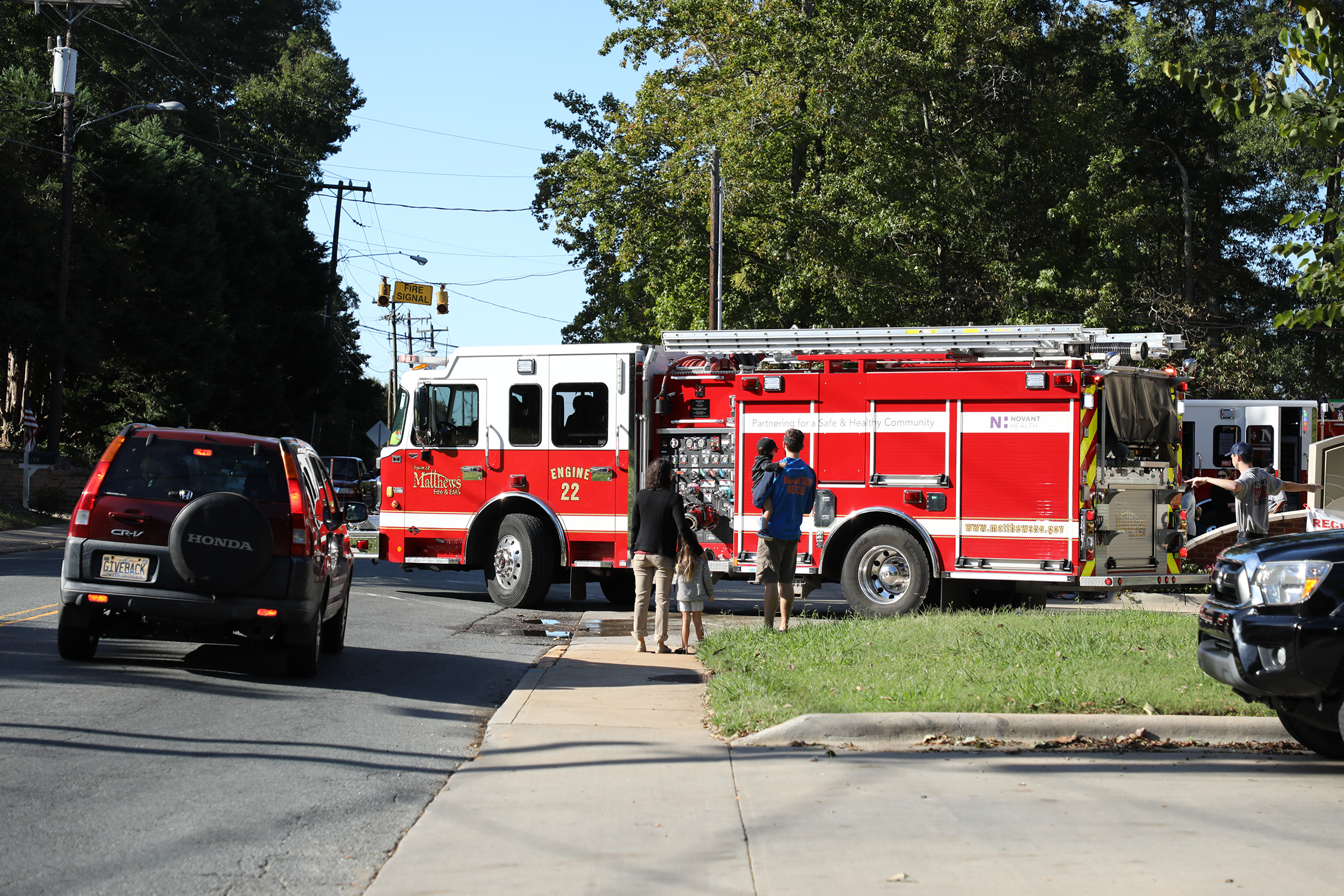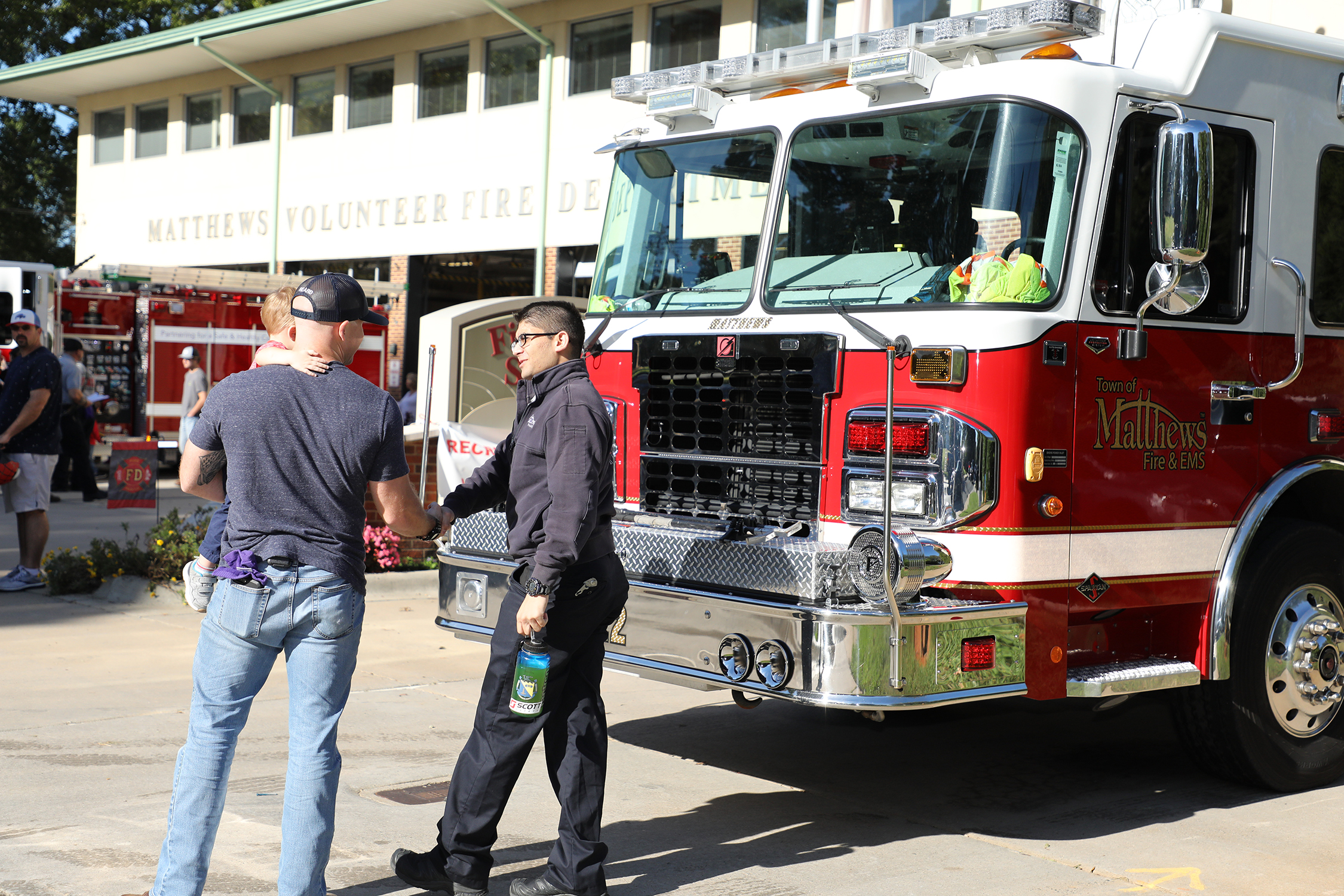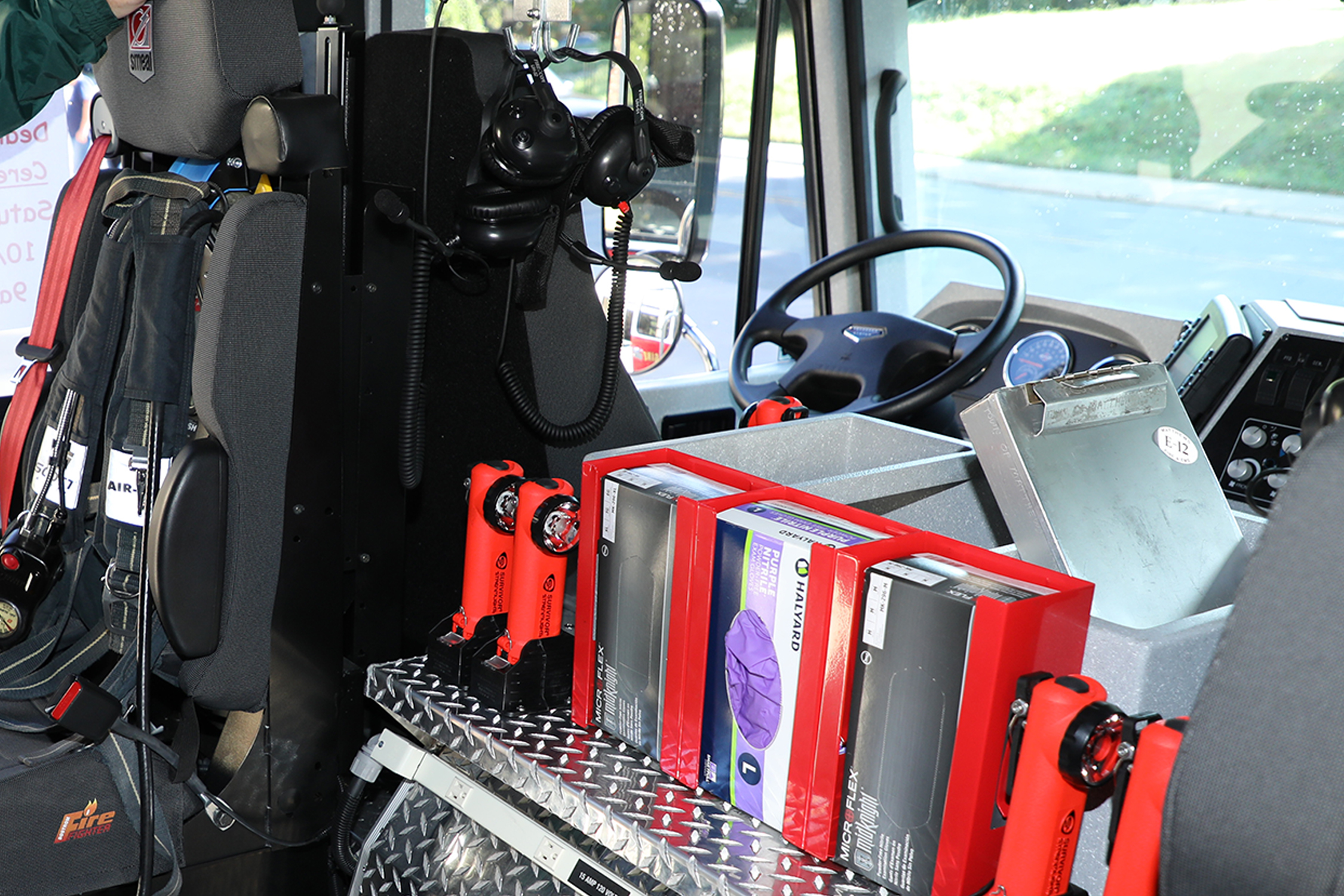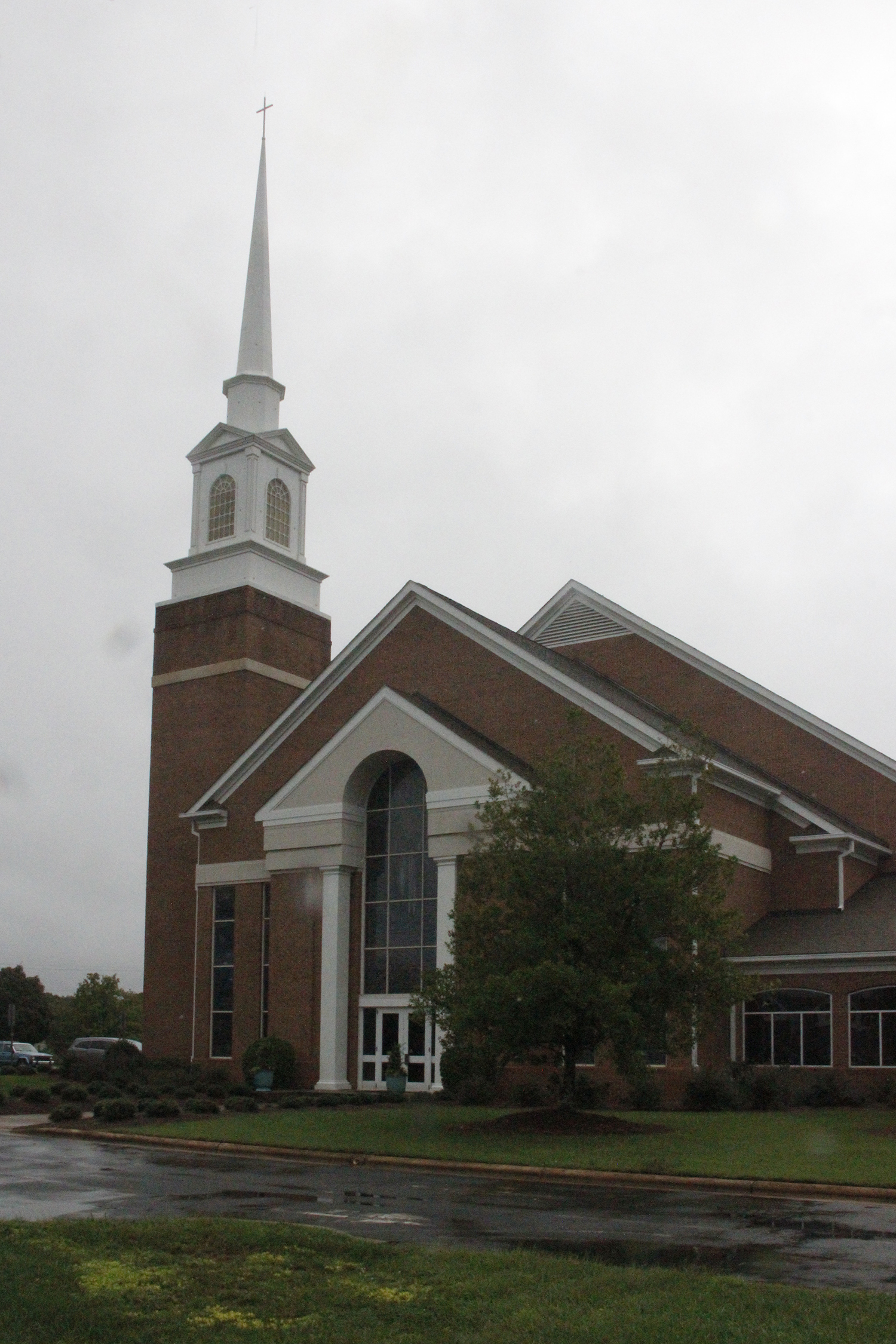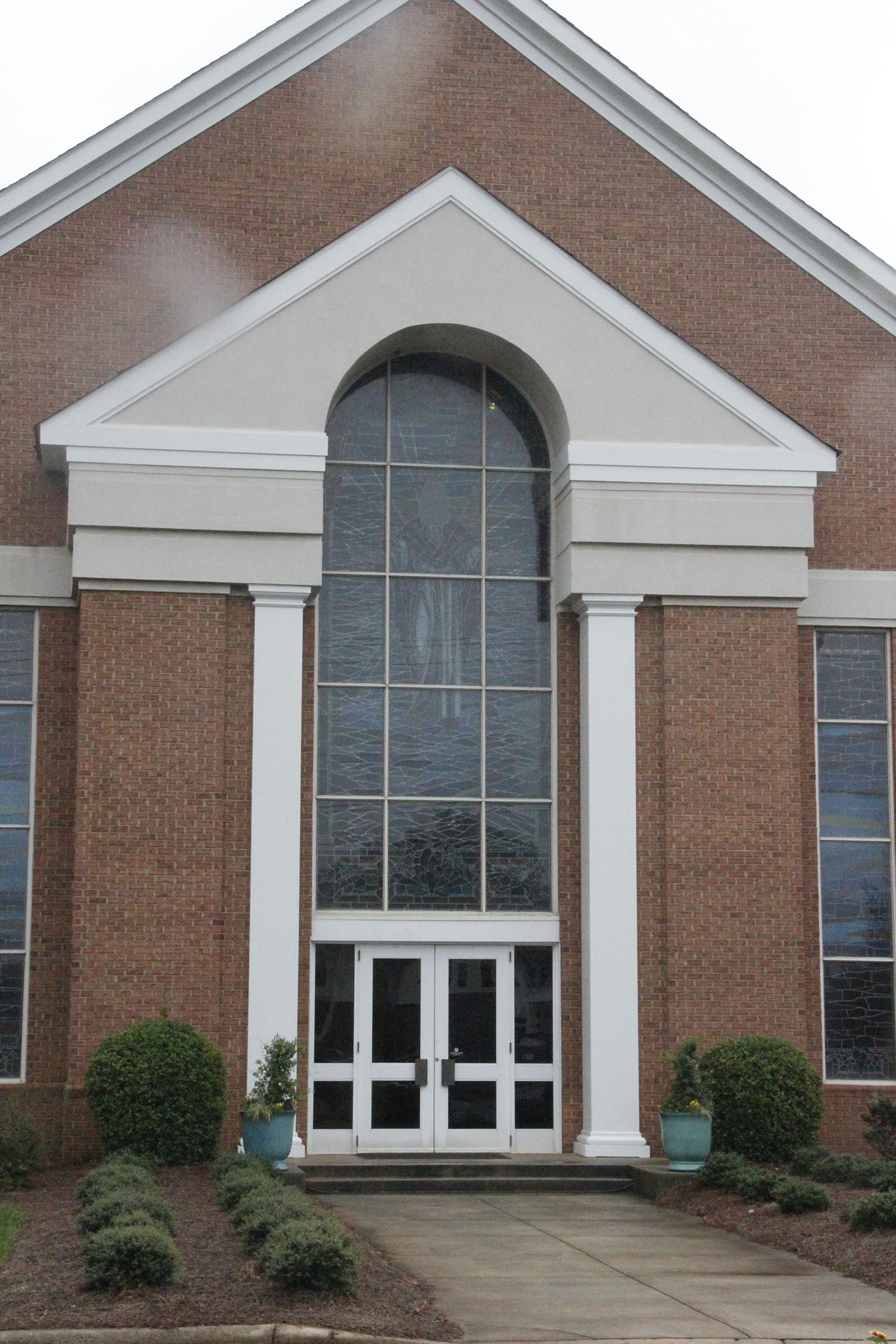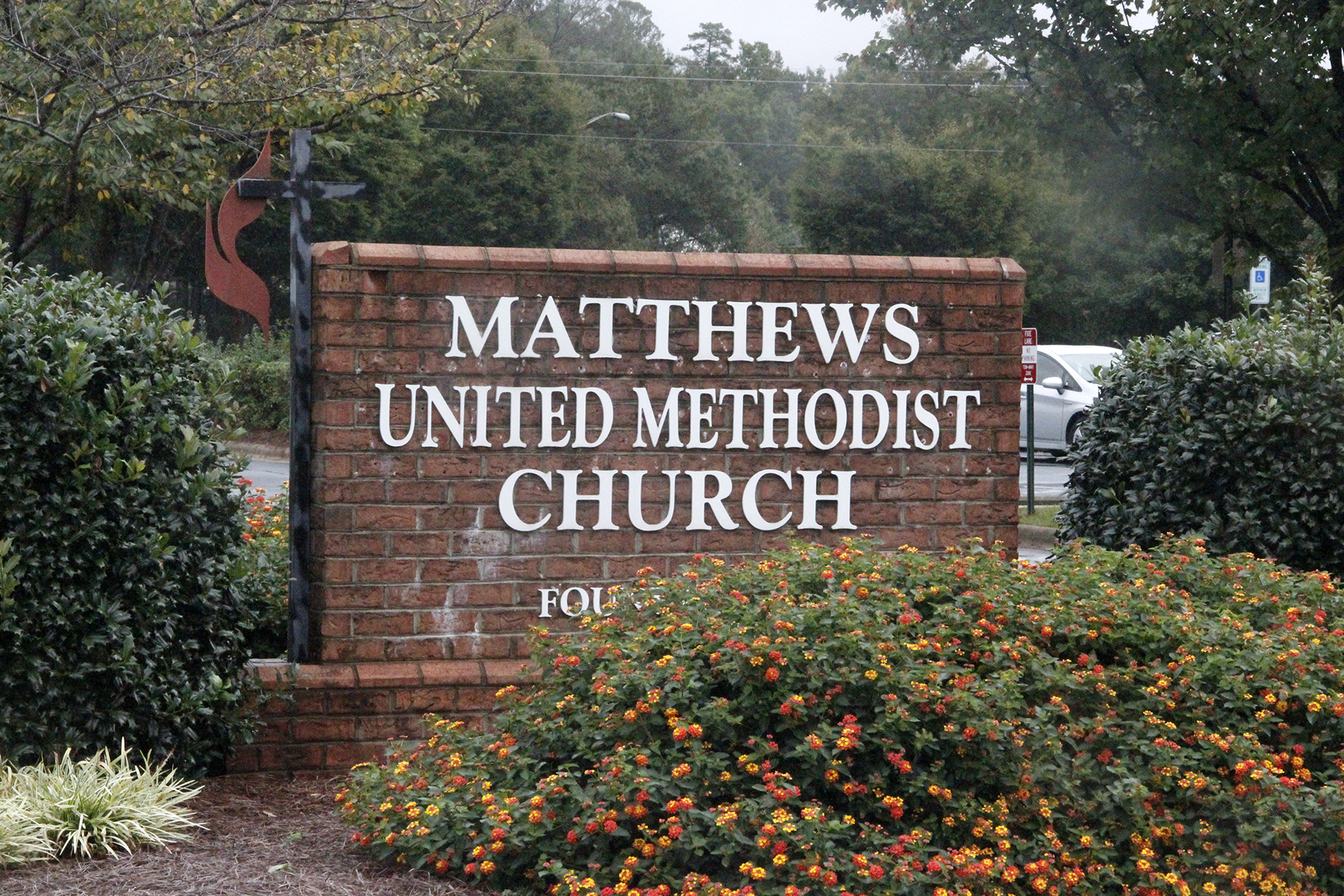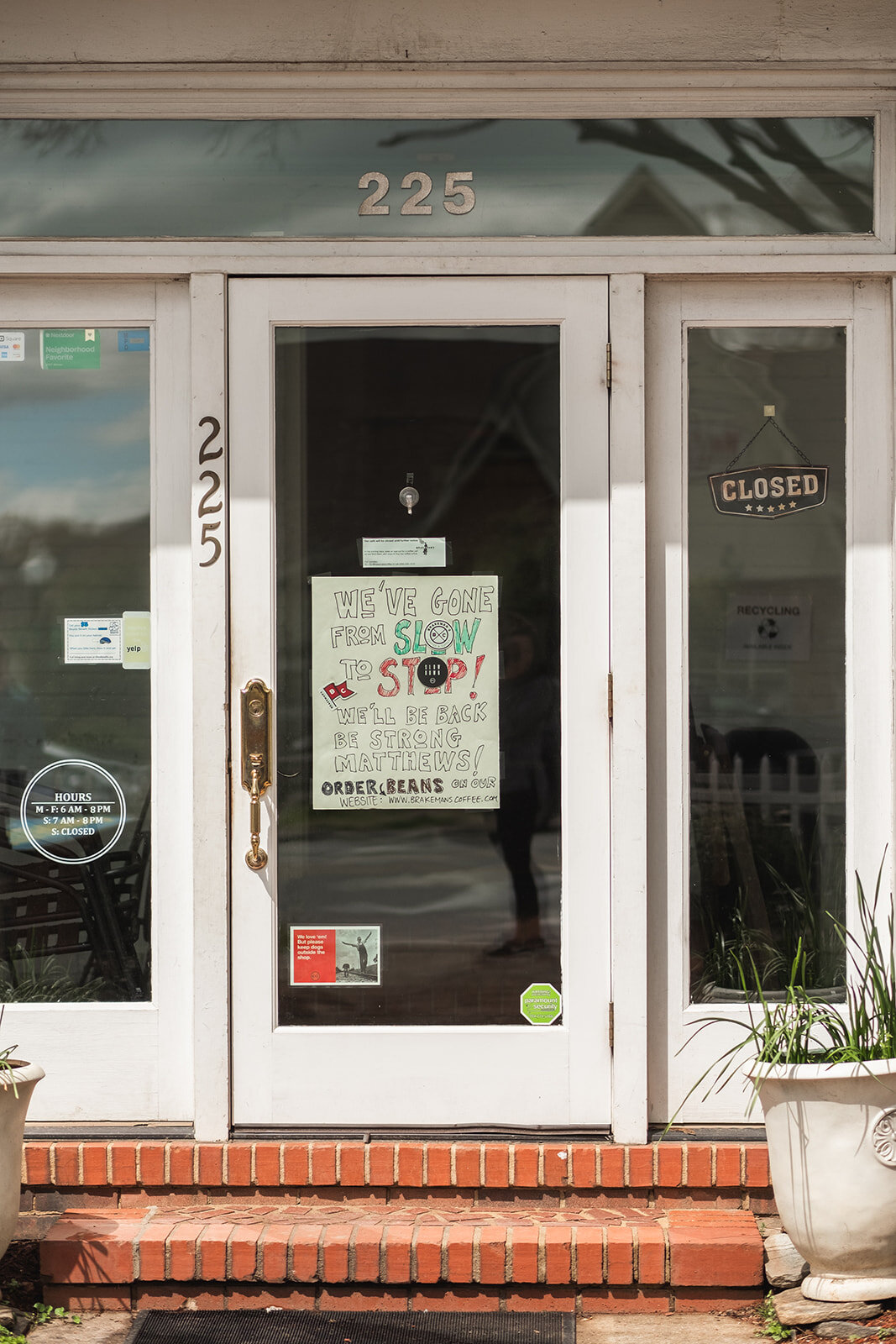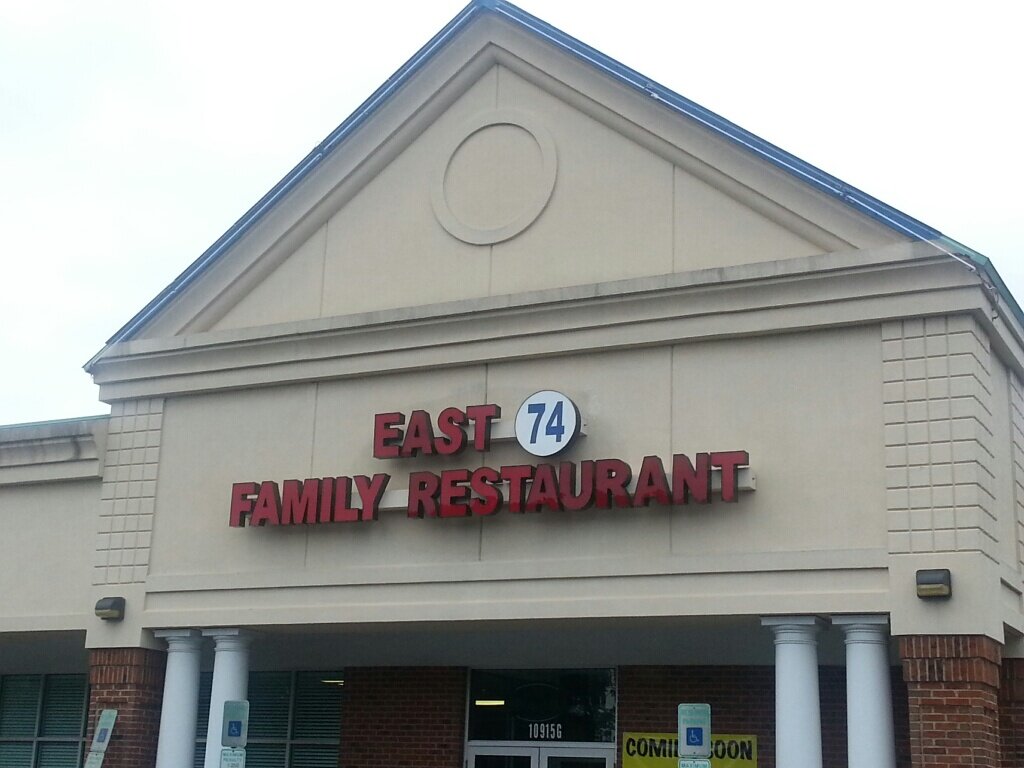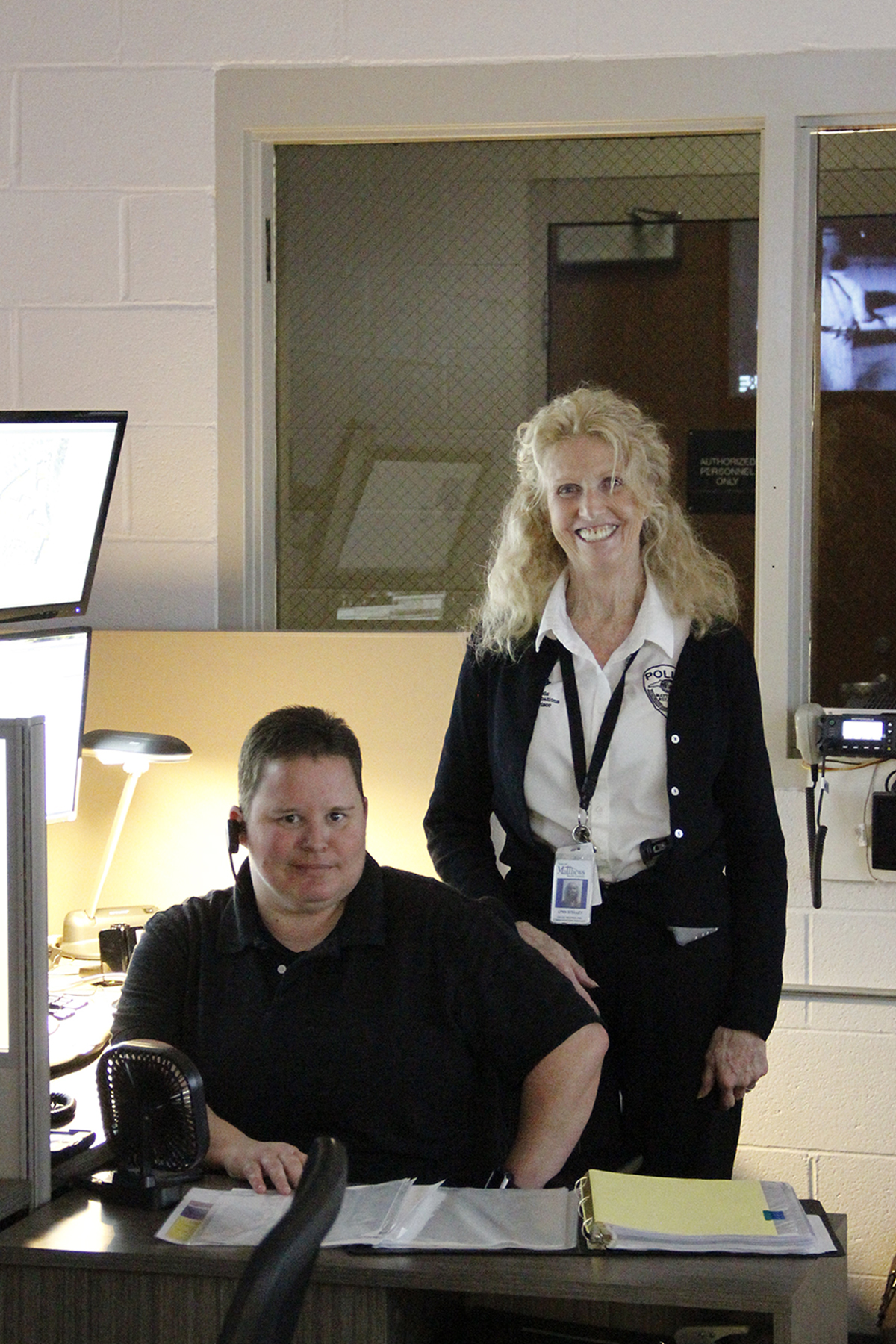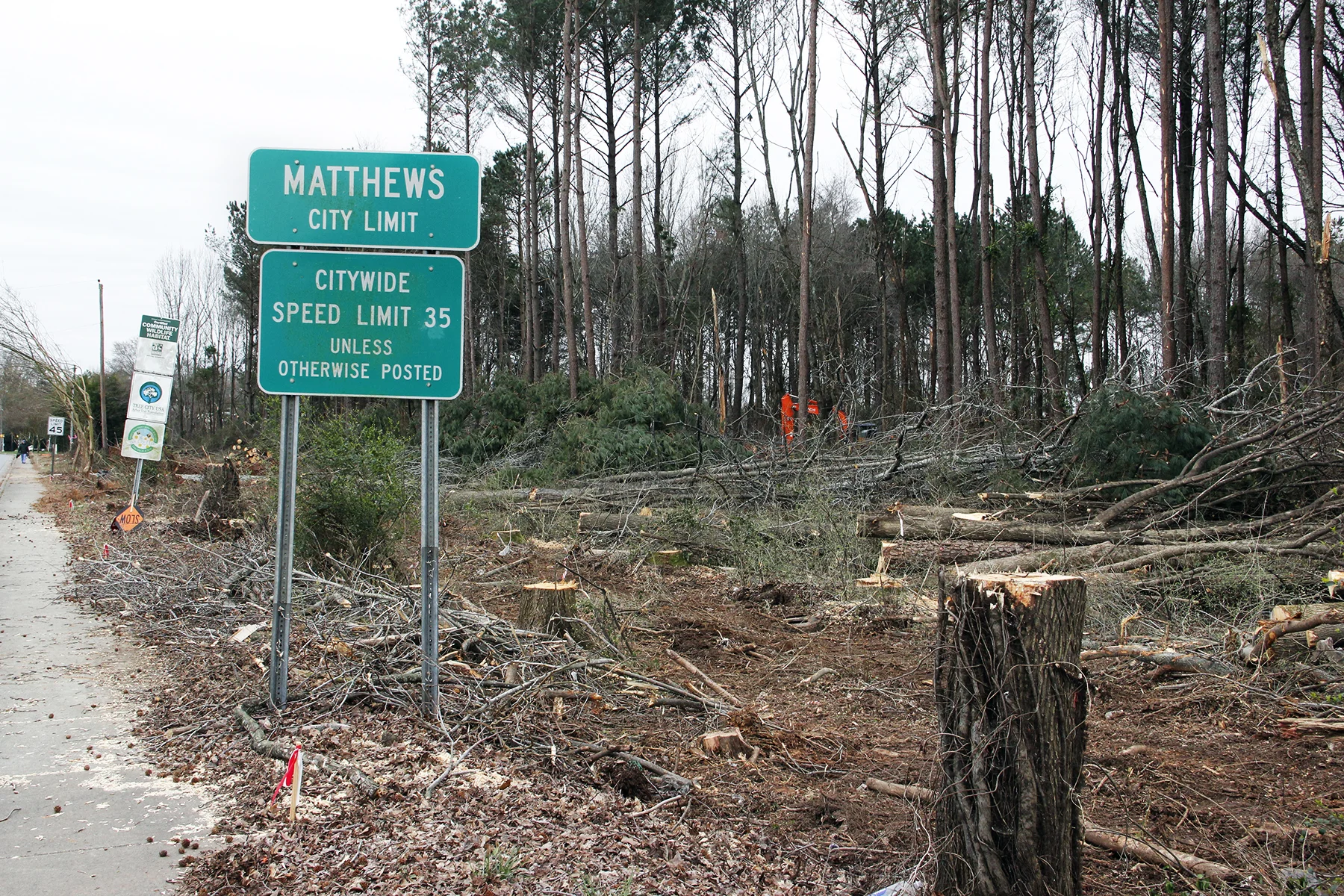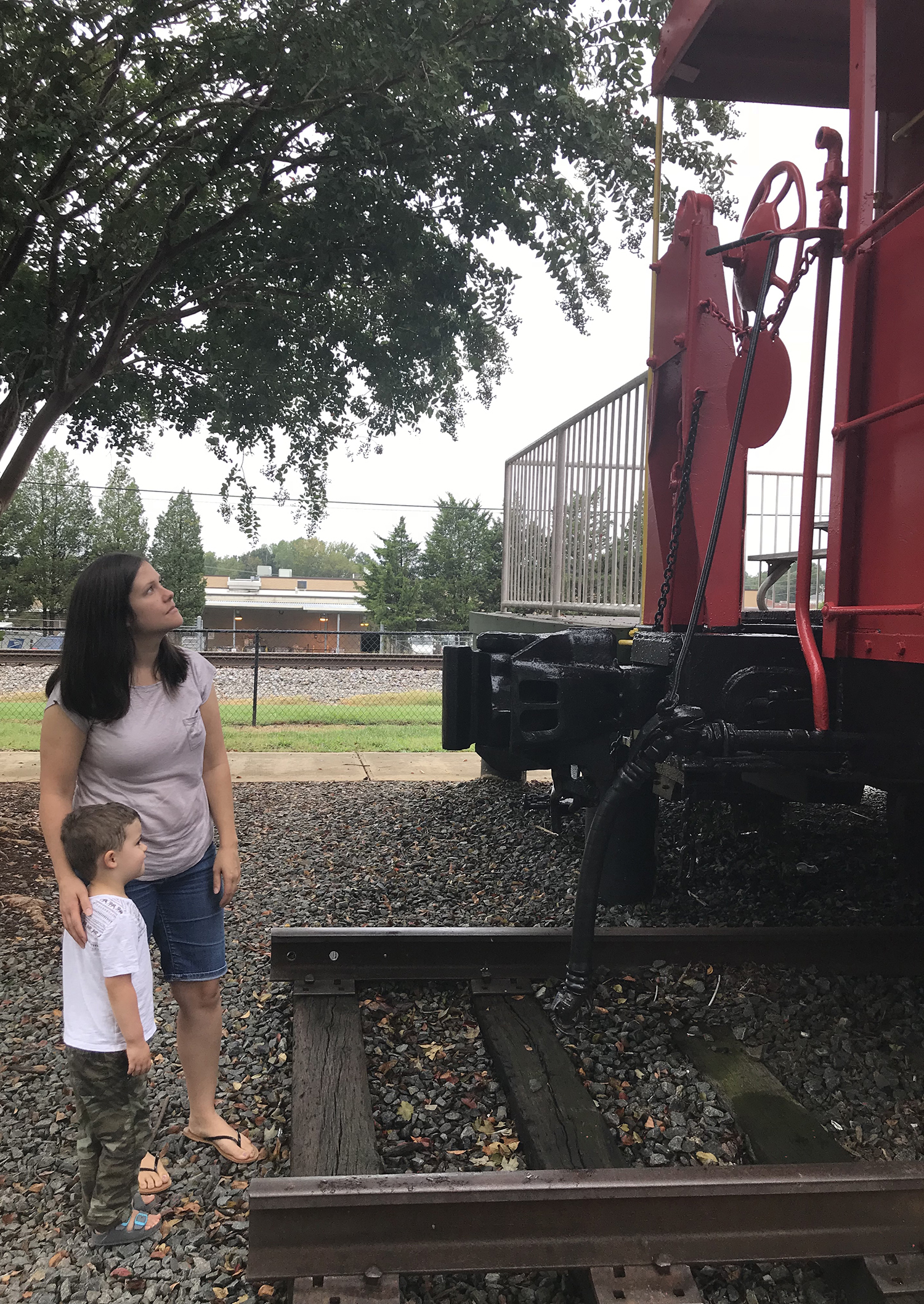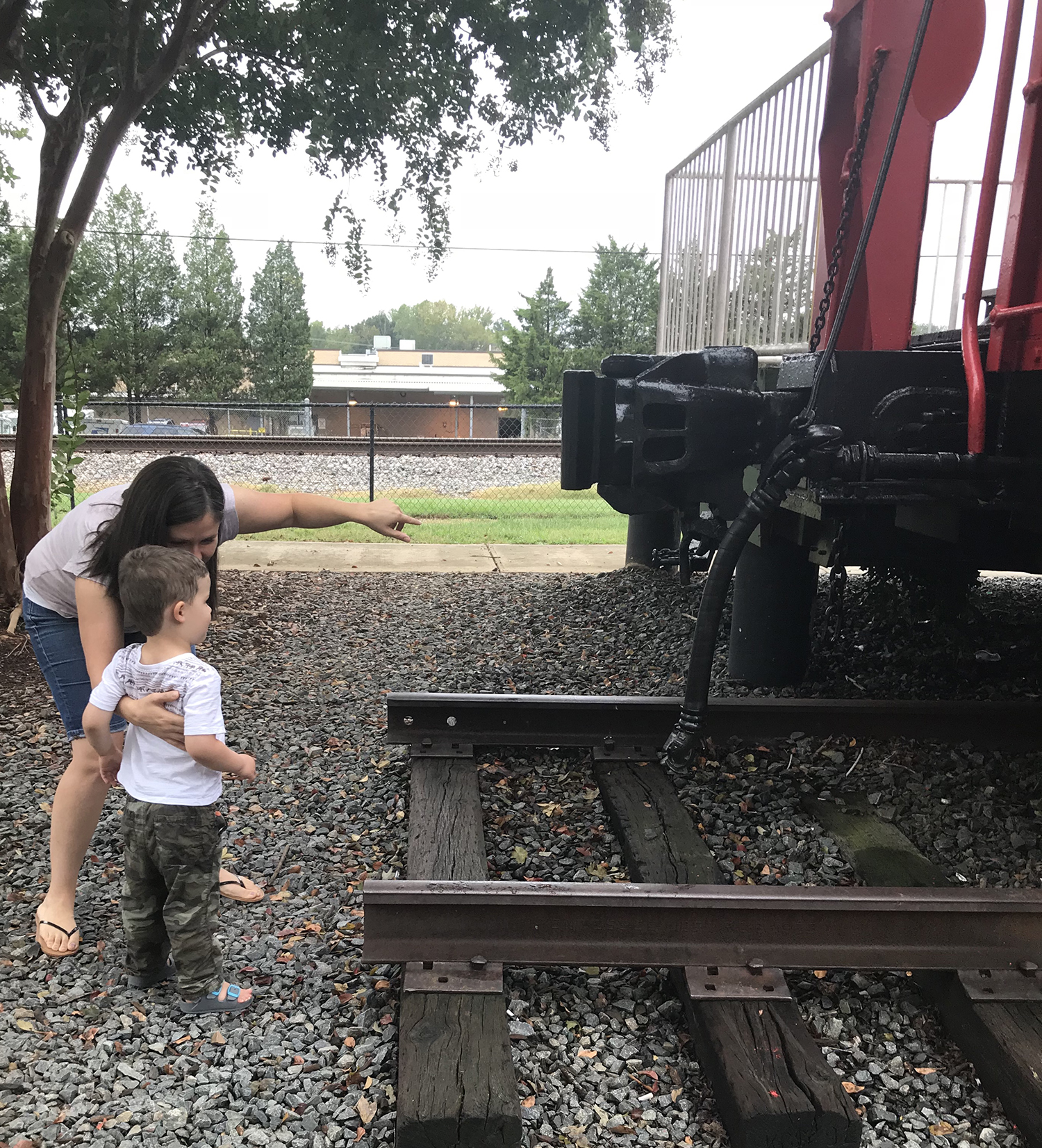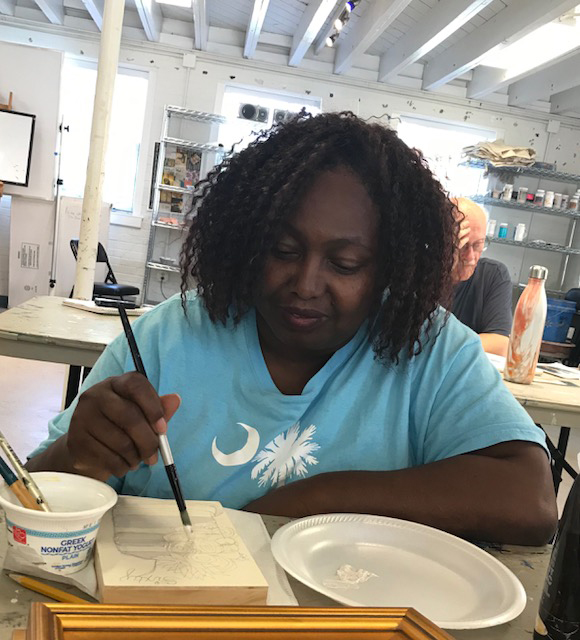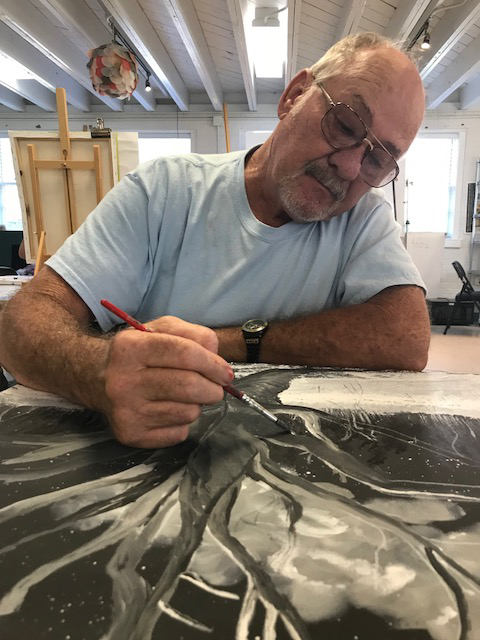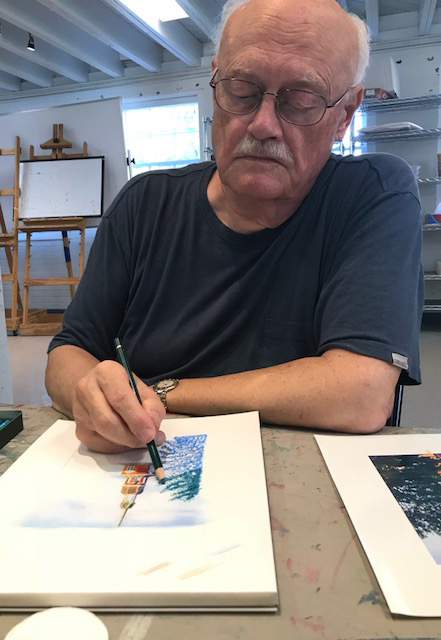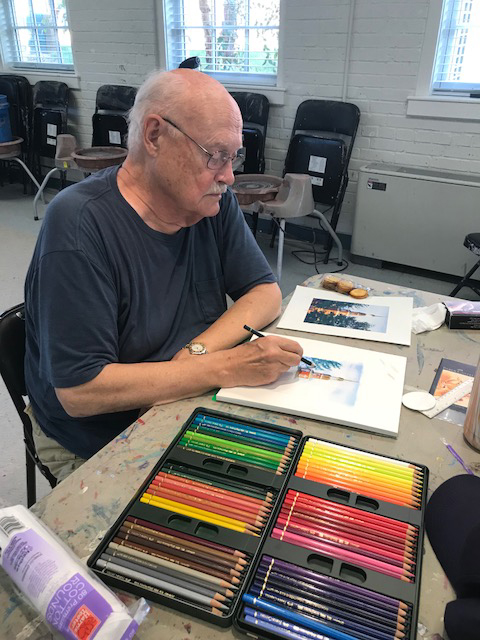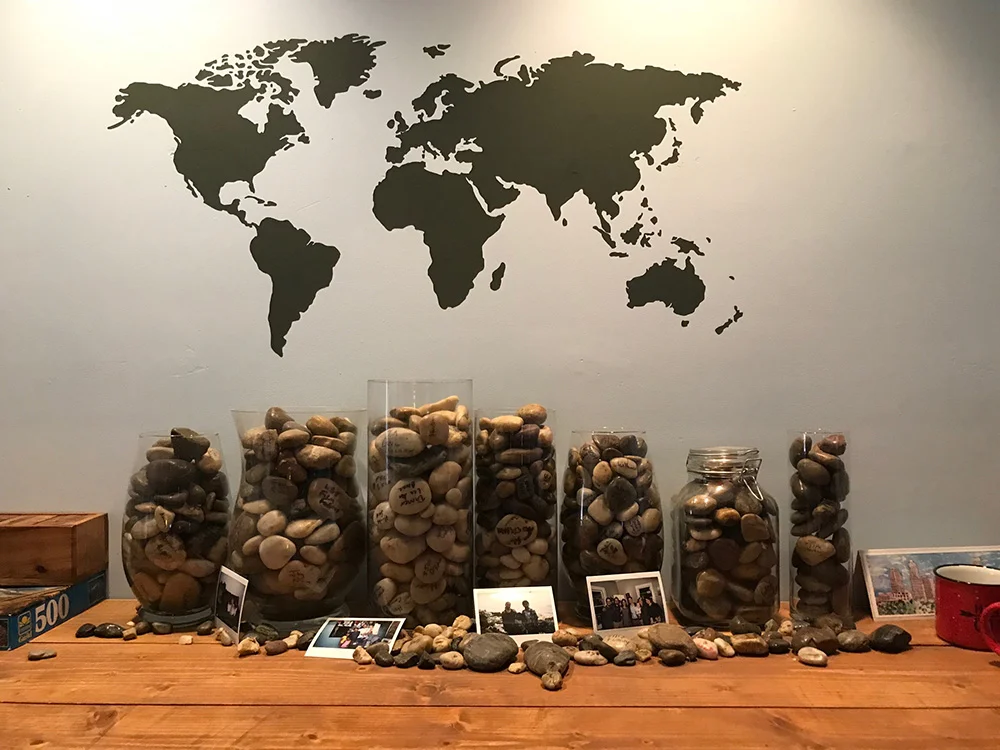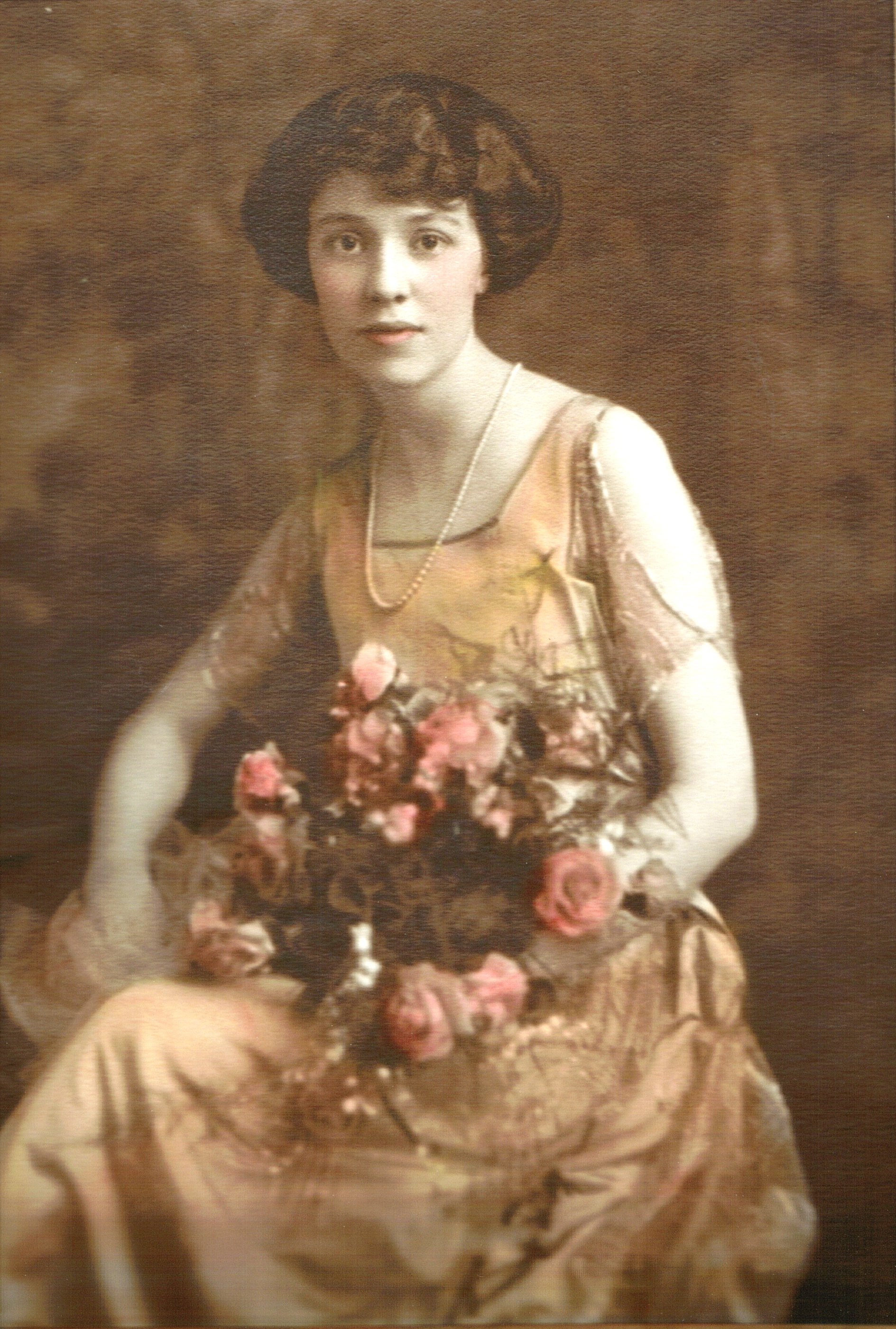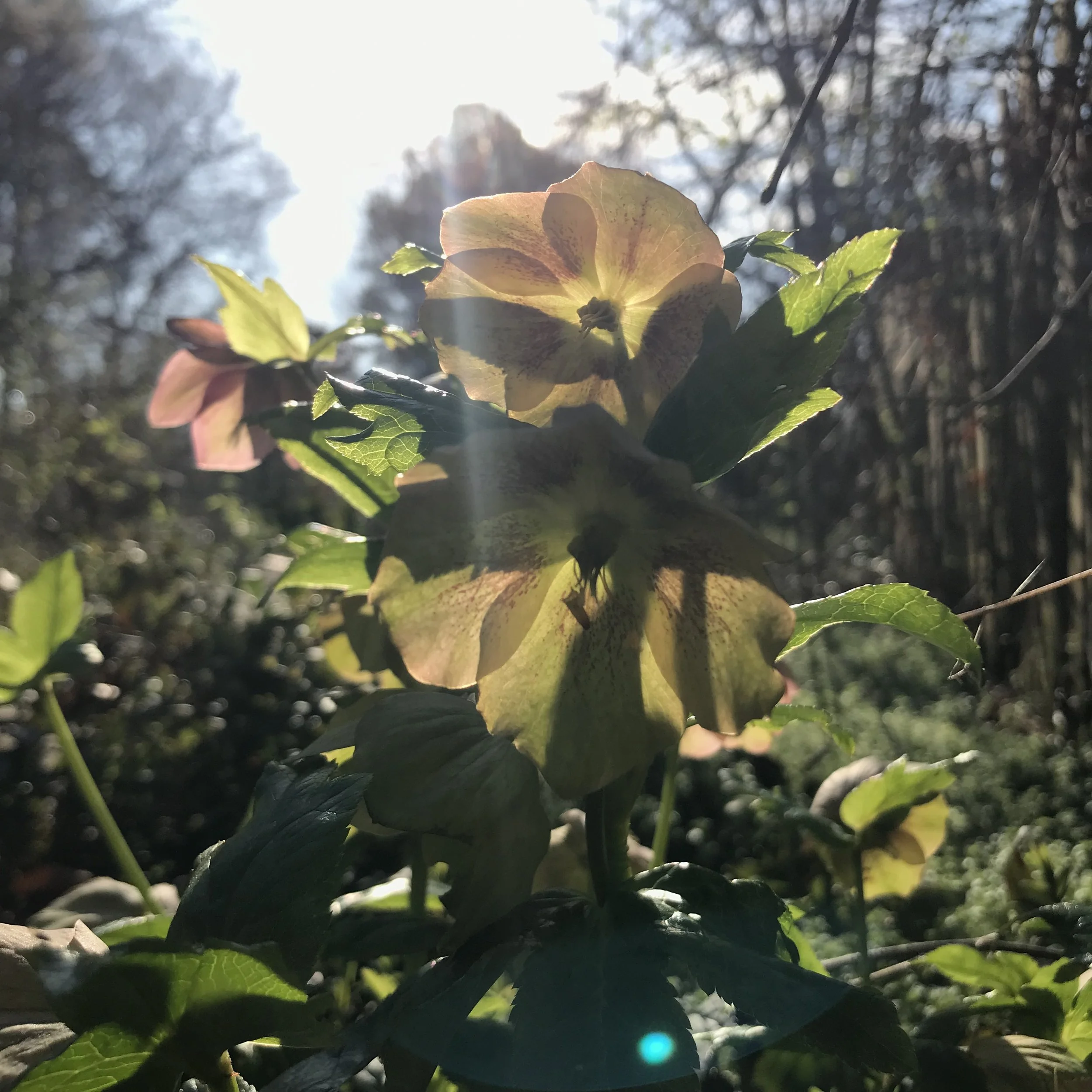The Town of Matthews, over the past twenty years, has tried to control development with stringent planning and zoning practices. Tree, landscape and environmental ordinances are constantly being tweaked to promote the protection and preservation of natural resources. Matthews historical preservation is a source of pride.
Many in Matthews are depending on the same source of pride, leadership, and support when it comes to preserving the Roseland Cemetery, one of the few African-American burial grounds, in dire need of protection, located off Monroe Road in Matthews.
The Roseland Cemetery contains the remains of slaves and freed blacks from Matthews and areas beyond. Many who grew up in Matthews remember their parents and grandparents talking about the old ‘Negro Cemetery’.
The Tank Town community, which ran along E. Charles Street is full of ancestral stories. Many of those stories lie beneath two acres of periwinkle-strewn soil on private property which is currently up for rezoning, and then sale. A public hearing for Zoning Petition 531 has been set for June 9. In the meantime, diligent efforts are being made to preserve that piece of history.
“It was one of the only places around in those days where black folks could be buried,’ said Mary Morris, whose family owns land in the Crestdale community of Matthews. ‘My grandaddy, grandmomma, aunts, uncles, plenty of relatives are buried there. Me and Harvey (Boyd) have been talking about what’s going to happen with that place when it’s developed. That’s our history.”
Roseville AME Zion Church was located on Ames Street, which was not in Tank Town, but in Matthews. Its name has been morphed into Roseland and there’s very little written history about the place. Though not for lack of trying.
Harvey Boyd, the tireless Crestdale community activist and resident has worked hard to keep the cemetery preservation issue alive.
“The previous developer who looked at the land assured us that they would provide access to the site, as well as a fence around the area,’ Boyd told The Record. ‘There’s over two acres of African-American history at the back of the land which many people are interested in protecting and preserving.”
Cemeteries, under state law, have to be moved or fenced in. Developers which go before the Matthews Town Board have, thus far, not expressed any objection to the attempts by local historical groups and residents interested in protecting Roseland. Currently, the site is not maintained, as family members move away, grow old, or become unable to tend the graves.
Members of The Matthews Historical Foundation have been working with local families and the town board members to consider the idea of having the portion of land containing the burial plots deeded to the organization, so that the business of preservation and protection can get underway, despite the development of the land.
“Cemeteries are protected by law.” Paula Lester, a Matthews resident and history buff, wrote a book which contains information about the cemetery from interviews with local residents. She is the current president of The Matthews Historical Foundation Board. “It’s an important part of Matthews’ history and we’d be very interested in seeing this place preserved,” she said.
The church was organized in the late nineteenth century and had an active congregation until 1928. The House of Prayer was established in Tank Town in that year and most of the members of Roseville switched to the United House of Prayer. The abandoned Roseville Church eventually collapsed. The Roseville congregation maintained the cemetery several miles away which served as the primary burial ground available to African Americans living near Matthews and who were not affiliated with other churches that had their own churchyards. The book, “Discover Matthews: From Cotton to Corporate,” contains a rough drawing of the Roseville AME Church by Matthews native Mary Louise Phillips.
At one visit to the site, an adjacent homeowner stopped a reporter and photographer to inquire about their business. They were told that several people continue to visit the gravesites until a few years ago. There is no proper entrance or exit to the area. Vandals have visited the wooded area and the overgrowth nearly swallowed the few visible grave markers.
“There aren’t but a few headstones out there. Those old graves were marked with stones because people couldn’t afford monuments,’ Mrs. Morris added. Living now in Davidson, Morris and her husband, the Rev. Clement E. Morris, raised their children in Matthews and have a vested interest in the burial ground. The Morris family is one of Crestdale’s oldest families with generations and relations still living in the, once rural, community alongside the CSX railroad tracks which run behind the Matthews Branch Post Office.
Much of their family land abuts the future Mecklenburg County proposed Soccer Complex. Plans to connect E. John Street to Charles to the recreational site will pass through or alongside this property. The fallen trees and overgrowth in the area in the area prevent people like Mrs. Morris and Viola Boys from ever hoping to visit those graves until something is done to preserve the area.
“I’ve got twins buried there,” said Mrs. Boyd who is approaching 100 years. The Boyds are original settlers to the Matthews area, too.
The public is invited to comment at Town Hall on June 9 with regard to the rezoning of private property from R-20 to R-VS. Previous attempts to develop this property belonging to the Renfrow family have been turned down due to the density of the proposed projects.
No matter the fate of Petition 531 - the pride, leadership, and support of the community can have a direct effect on the pages of how the Matthews story will be told.

